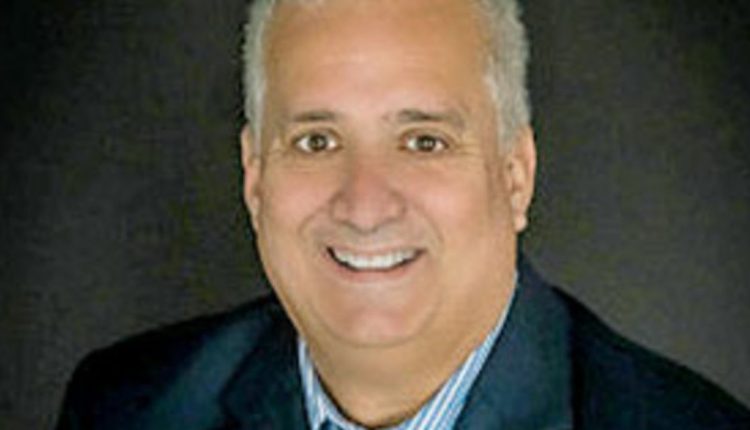Notwithstanding the gloomy forecast we are bombarded with daily, today’s consumer has faced some unusual times over the last few years, without a historical playbook to serve as a guide. After shutdowns and disease outbreaks disrupted global supply chains, leading to the highest inflation in 40 years and consequently aggressive rate hikes from global central banks, the job market is strong and the consumer is still spending.
Following decades of weak wage growth, workers have enjoyed the largest pay gains in a generation, especially those at the lower end of the pay ladder. Combine this with record low unemployment and we wander into uncharted prerecession waters. It appears that consumers are shrugging off the higher interest rates and have not curbed their spending. In both the housing and auto industry, supply has not kept up with demand.
Consumers are looking into the future with a sense of calm. Job security bolstered by a recent gain in wages has allowed them to dismiss the headlines, presumably because their willingness to spend is not solely based on today’s economic environment, but also on their personal income expectations and their outlook of the future.
When you combine a consumer base willing to spend with pent-up demand created by supply chain interruptions, it is reasonable to hope to disrupt predictive indicators. The formally predictable impact of an inverted yield curve leading to a recession — that ultimately chokes off auto sales — may now be challenged.
An interesting fact to consider when analyzing how pent-up demand will affect total sales is to recognize the correlation between total sales and total miles driven. While U.S. sales declined from over 17 million units in 2019 to approximately 13.6 million units in 2022, the miles driven in that period increased. According to the Department of Transportation, in 2021 miles driven increased over 11 percent from the previous year and were up over 5 percent in 2022.
Looking ahead, I do not share the negative sentiment of the mainstream narrative circling the auto industry in 2023. Yes, we are experiencing an extended inverted yield curve. Yes, this inversion usually predicts a recession and yes, recessions have meant a decline in car sales. Maybe, not this time. Years from now, when economists are trying to explain the cycles of the auto industry and publish their predictions of doom and gloom, 2023 will be the outlier. The reason, once again, is the resilience and adaptability of the U.S. auto dealer.


